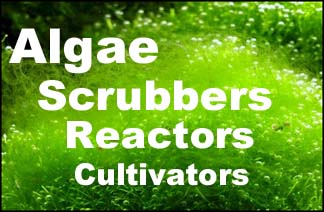Instead of jacking Floyd's disgusting thread :mrgreen:
Live rock is not alive, but houses a variety of life. Base rock is live rock that is devoid of life.
Live rock serves a many fold role in marine aquaria. It's primary purpose is to house the bacteria responsible for converting urea (fish waste) into nitrogen. The nitrogen cycle.
Other roles include:
living space for micro and macro fauna,while providing a safe haven from hungry fish.
Constant grazing for fish.
Hiding place for nocturnal animals.
A natural looking aesthetic.
A medium to grow corals on
Etc..
While there are many other items that could fill the same role, no commercial product I'm aware of is as efficient.
The reason: live rock is not usually rock, but coral skeletons.
These skeletons, appearing solid, grow in intricate patterns with spaces; this is more efficient than laying a solid mass skeleton. Effectively giving the animal a mass to volume ratio that allows it to grow bigger at a faster rate at less cost.
The mass to volume ratio varies from species. Some I've encountered are little better than concrete. Others are like bird bones.
The preference in aquaria is for low mass to volume. The "lighter" stuff. Firstly, because it displaces the least water. Secondly, because it has a higher (usually) surface area.
The first reason is fairly obviously desirable; the more water the more stable a reef tank is. The second reason seems a hot debate amongst some reefers so I'll elaborate.
To get the most "bang" for your buck with the nitrogen cycle, very porous LR is ideal. Though other media will suffice, only a fluidized sand reactor can top LR in surface area, and contact time/exchange with tank water.
Some argue that a sand bed can handle the urea conversion, and to some extent it can, but not on the scale of LR.
Take a typical shallow sand bed (4" or less), only the surface has any contact with the water column. In my system that equates to less that 8 square feet. A typical porous LR has hundreds of sq feet.
Some argue that a "very" shallow sand bed would work. I would call that a fluidized sand bed. Constantly shifting, and unable to support anything but aerobic bacteria, i.e., useless in reef aquaria.
Can a system be run without "live rock" on a scrubber? Yes.
Is that as efficient as using LR? Doubtful.
Can other media be utilized? Yes, but it's efficacy is limited to it's makeup.
If we could get some carbon nanotube "rock" then I feel we could surpass true LR in usefulness.
On a side note: why do people "dust off" their LR?



 Reply With Quote
Reply With Quote
 Don't tell me you can dish it out all day long but can't take it in return. :P
Don't tell me you can dish it out all day long but can't take it in return. :P